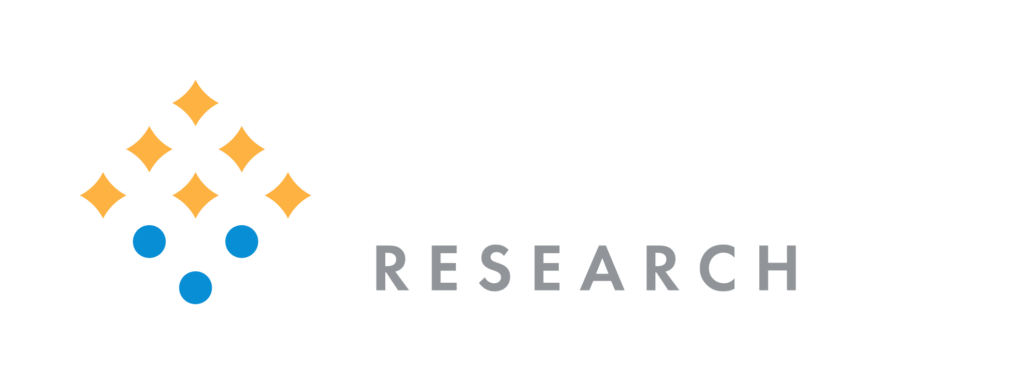[Excerpt from The Pickett Line March 2021 Issue]
Exactly one month ago today and at the midpoint of the quarter, our Q1 DAT TL Spot Index had faded lower to +31.5% Y/Y vs. the January read of +38.3% – and sat well below the current cycle’s Q4 2020 high water mark of +40.2% Y/Y. And given that trajectory, the probability of Q4 holding up as our inflationary inflection point signaling the US TL cycle top and inevitable path towards the next collapse in rates looked increasingly likely. What at that point was characterized as a mini polar vortex centered over Texas appeared to be dissipating as weather forecasts finally began to improve indicating an eventual thawing and normalizing of otherwise severely disrupted transportation networks. We acknowledged the possibility that spot rates could rise sequentially high enough from there through the back half of the quarter to overtake Q4 and defer our inflationary inflection point by at least another quarter, though considered it a pretty unlikely scenario given rates would have had to spike +$0.42/mile or +20% M/M in March to do so.
As it stands a mere one month later however, March DAT TL Spot Index rates are now sitting +$0.32/mile higher and +15% M/M – so perhaps the order wasn’t as tall as we figured. And that “mini polar vortex” can now be referred to more formally as Winter Storm Uri, a major Category 3 storm that has become the costliest winter storm on record – responsible for an estimated $195 billion in damage and at least 70 deaths. And while Uri technically lasted only 11 days, forming February 13th and dissipating on the 24th, compared to the 2014 Polar Vortex that lasted all of 4 entire months it was far more catastrophic. The 2014 event, as long as it lasted, was responsible for only $5 billion in damage. And while weather conditions have certainly improved since Uri’s exit and supply chains with geographic storm exposure have begun to recover, TL Spot rates have proven much slower to correct. So now the question for most of the market becomes to what extent will rates correct lower at all given the grab bag of inflationary narratives currently in play – be it port congestion, semiconductor shortages, fresh stimulus checks, potential infrastructure spending, and the reopening of the US economy in general on the back of continued progress in federal and state vaccination programs.
But in a market that was already in the process of overshooting demand in the form of Net Class 8 tractor orders and the rate at which new common carrier operating authorities were being granted, this recent Uri-driven leg higher in spot rates has likely only accelerated the supply response as estimated industry operating incomes per mile reach even higher highs. And as jarring as the last month has been, with our Q1 2021 DAT TL Spot Index surging all of the way to +39.5% (again, from +31.5% last month), it still remains technically below our projected Q4 2020 cycle inflection point of +40.2% – albeit only by a hair. And so long as spot rates continue to fade sequentially lower into month end, which we expect, despite the potential kink we see coming next quarter based on an artificially low Q2 2020 Y/Y comp, our 2021 cycle forecast will remain unchanged with Y/Y deflation still expected in the back half of the year. Though given the increasingly apparent impact of Winter Storm Uri, it may take until Q4 to arrive now as opposed to Q3 as implied in our current projection. If spot rates instead reverse direction in the next couple of weeks and move high enough to overtake our Q4 inflection point by quarter end, then the cycle forecast likely gets pushed forward an additional quarter where the current inflationary leg is extended through the end of 2021 before collapsing into Q1 2022. In either case, the disruption likely acts only as a short-term (1, maybe 2 quarter) kink in the cycle as opposed to dramatically compromising the shape of the cycle itself or rendering it otherwise irrelevant in pointing the way to what comes next.
Recall that prior to Uri’s arrival in mid-February, US truckload spot market rates had been moving steadily lower from mid-January as holiday peak ramped down – at a much faster pace than a normal seasonal correction. And since then, we would argue that the rate of new supply entering the market has likely increased as opposed to decreased – again, attracted by an increasingly favorable rate environment. So as at least some of the recent supply network disruptions are resolved (weather, components, ports, etc.), the only thing that can sustain spot market rates at current levels, let alone push them even higher, would be a proportionately higher level of TL demand than what is already in the market right now and baked into 2021 forecasts. This of course can only be driven by proportionately higher levels of industrial activity, which can only be driven by proportionately higher levels of domestic consumption and goods-related consumer spending. And the rates of recovery in Consumption, Retail Sales, Industrial Production, and TL Volume Demand off of the Q2 2020 lows so far, while no doubt positive overall, do not point to the relative explosion in goods-related commerce needed to outperform past recoveries and keep us perched atop the spot market roller coaster for much longer. Absent of that, gravity again takes over and we resume our regularly scheduled descent. So keep those seatbelts fastened and your arms and legs inside the ride vehicle at all times. The ride doesn’t get any less bumpy from here.
